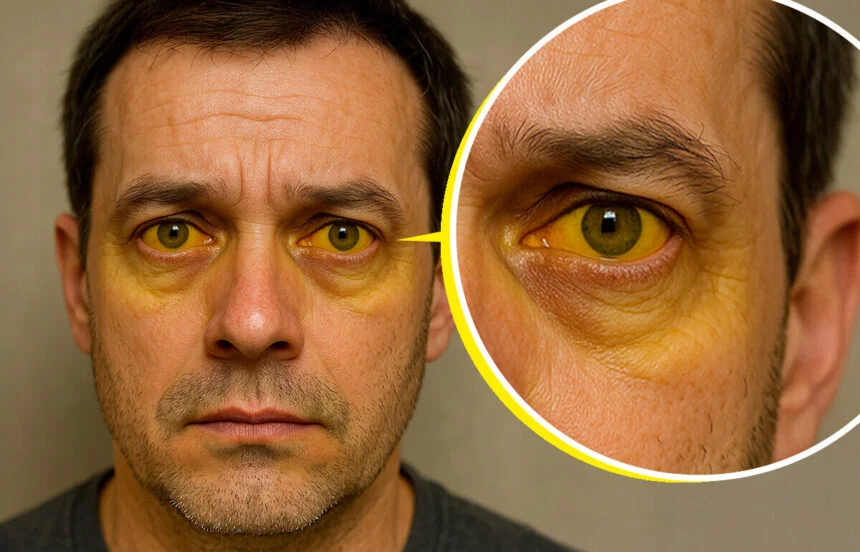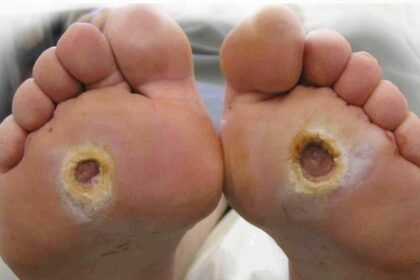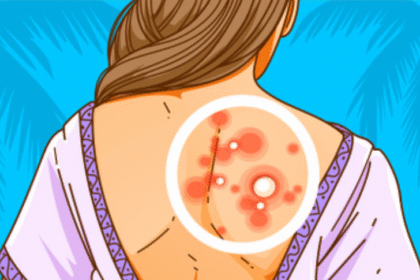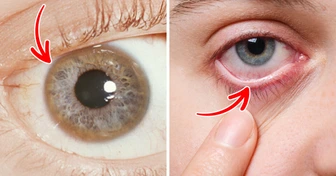Pancreatic cancer often develops silently, with symptoms that can be subtle or easily overlooked. However, certain changes—like jaundice, digestive problems, or unexplained weight loss—may signal something more serious. This article highlights the key symptoms to be aware of and why early attention matters.
CONTENT IS PROVIDED FOR INFORMATIONAL PURPOSES ONLY AND IS NOT INTENDED AS A SUBSTITUTE OF MEDICAL ADVICE. SEEK GUIDANCE OF YOUR DOCTOR REGARDING YOUR HEALTH AND MEDICAL CONDITIONS.
Blood clots

Sometimes, pancreatic cancer can be associated with the development of blood clots. These clots often form in large, deep veins—most commonly in the legs—a condition known as deep vein thrombosis (DVT).
However, clots can also appear in smaller veins throughout the body. In some cases, they may dissolve and later reappear in a different location.
Jaundice
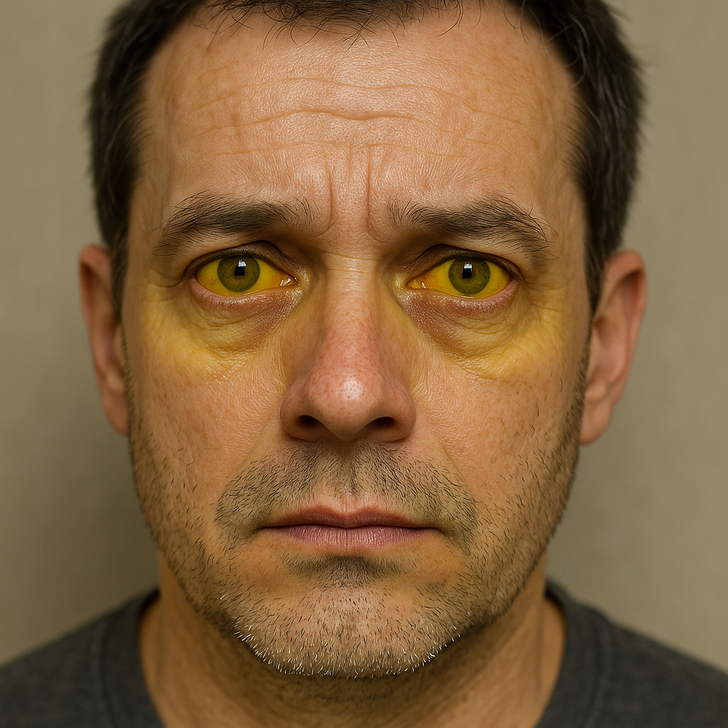
Jaundice refers to the yellowing of the skin and the whites of the eyes.
It can also cause dark urine and pale-colored stools. This symptom is more common in cancers located in the head of the pancreas, where a tumor can block the bile duct—the channel that carries bile into the small intestine (duodenum). When this duct is blocked, bile builds up in the bloodstream instead of reaching the bowel.
As a result, the excess bile is excreted in the urine, making it appear darker, while stools become lighter due to the lack of bile. Bile is rich in yellow pigment, which causes the yellowing of the skin. This change may be less visible on brown or black skin, but it’s often easier to detect in the whites of the eyes.
Many people with pancreatic cancer experience jaundice by the time they visit a doctor. In most cases, it’s accompanied by pain, though some may have jaundice without any pain at all.
Back pain

Abdominal or back pain—or sometimes both—is a common symptom of pancreatic cancer.
The discomfort often begins as a vague ache or tenderness in the upper abdomen and may gradually radiate to the back. Pain experiences can differ widely. Some people may not feel any pain, while others notice it comes and goes at first, then becomes more persistent over time.
It might worsen when lying down and improve slightly when leaning forward. For some, eating can also make the pain more noticeable.
Itchy skin

The accumulation of bilirubin that leads to jaundice can also cause another potential symptom of pancreatic cancer: persistent itchy skin.
This type of itching—known as pruritus—may not have an obvious cause and often doesn’t improve over time. If you experience ongoing itchiness without a clear explanation, it’s important to speak with your doctor, as it could be a sign of an underlying condition like pancreatic cancer.
Sickness

Nausea or vomiting can occur if you develop jaundice or if the pancreas becomes inflamed—both of which can disrupt the body’s delicate chemical balance.
The story doesn’t end here — it continues on the next page. Tap READ MORE to discover the rest 🔎👇





